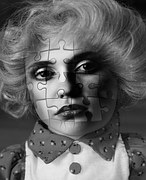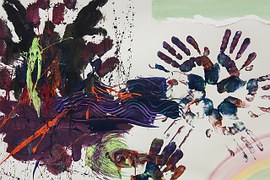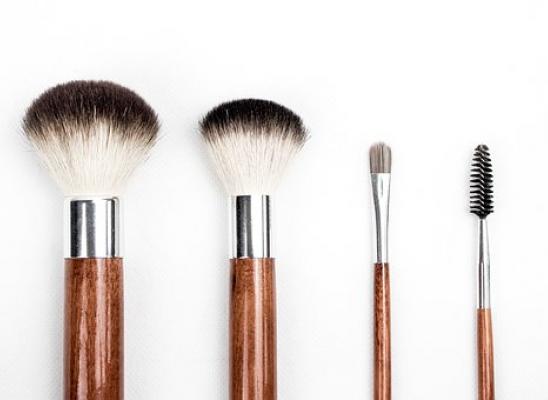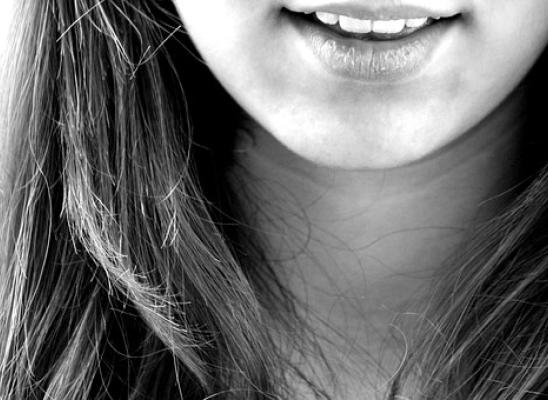Breaking the stigma of compulsive picking
Online test
Find out the severity of your symptoms with this free online test
 Compulsive skin picking can be defined simply. It is the uncontrollable picking, touching, rubbing, or scratching of the skin. It is often done in an attempt to remove small, often perceived, imperfections and irregularities. Among the many symptoms of skin picking disorder are discoloration and scarring. In the most serious of cases, severe tissue damage and visible disfigurement are common. Along with the physical symptoms of the disorder come a host of mental and emotional symptoms. Feelings of shame, embarrassment, alienation, and depression often plague those with compulsive skin picking. A feeling of helplessness from not being able to stop or discuss your problem can further contribute to an overall feeling of despair.
Compulsive skin picking can be defined simply. It is the uncontrollable picking, touching, rubbing, or scratching of the skin. It is often done in an attempt to remove small, often perceived, imperfections and irregularities. Among the many symptoms of skin picking disorder are discoloration and scarring. In the most serious of cases, severe tissue damage and visible disfigurement are common. Along with the physical symptoms of the disorder come a host of mental and emotional symptoms. Feelings of shame, embarrassment, alienation, and depression often plague those with compulsive skin picking. A feeling of helplessness from not being able to stop or discuss your problem can further contribute to an overall feeling of despair.
The impact can be devastating
Studies have shown that 11.5% of those afflicted with skin picking disorder have attempted suicide at some point in their lives. The causes of skin picking disorder vary widely. It is often considered closely related to Obsessive Compulsive Disorder. Some researchers see it as a primarily hereditary disorder, much like some cases of OCD. Others see it as a response to feelings of suppressed rage during childhood. The most popular hypothesis on the cause of skin picking disorder is that it is a coping mechanism to deal with feelings of turmoil, arousal, stress, and despair. There is currently no single treatment for compulsive skin picking.
Feeling misunderstood
Skin pickers have often reported they feel that when people look at their marred skin they assume s/he must be a drug user. While society has painted hair loss as being a symptom of cancer, society also paints picked scabbed skin as being a symptom of someone on drugs, or that the sores are a symptom of some disease that is could be contagious. Liz Atkin is a London based visual artist who has been challenged by skin picking disorder for more than 20 years. She spoke to BBC radio’s Felicity Finch about her disorder and the impact her art has had on her journey to recovery. Liz grew up in an alcoholic home. She describes a childhood characterized by fear and anxiety and recalls hearing violent arguments between her parents. This may have been when the picking behaviour started to manifest itself. Liz has discovered the healing power of expression through art, dance and theatre, which she refers to as “harnessing a creative recovery”. Liz describes how the act of picking would last several hours, on her face, chest, arms, and back and would create scabs. She remembers the lengths she went to, to conceal the scabs. According to Liz, her art has helped her heal in a very huge and powerful way. She has been able to express very deep feelings that she previously did not have the language to express. Liz’s battle against skin-picking is by no means over. However she now has a strategy for coping with it. Liz aspires to de-stigmatise skin-picking and other body-focussed repetitive behaviors (BFRBs), raise awareness and advocate recovery.
alcoholic home. She describes a childhood characterized by fear and anxiety and recalls hearing violent arguments between her parents. This may have been when the picking behaviour started to manifest itself. Liz has discovered the healing power of expression through art, dance and theatre, which she refers to as “harnessing a creative recovery”. Liz describes how the act of picking would last several hours, on her face, chest, arms, and back and would create scabs. She remembers the lengths she went to, to conceal the scabs. According to Liz, her art has helped her heal in a very huge and powerful way. She has been able to express very deep feelings that she previously did not have the language to express. Liz’s battle against skin-picking is by no means over. However she now has a strategy for coping with it. Liz aspires to de-stigmatise skin-picking and other body-focussed repetitive behaviors (BFRBs), raise awareness and advocate recovery.
Online test
Find out the severity of your symptoms with this free online test
Start your journey with SkinPick
Take control of your life and find freedom from skin picking through professional therapy and evidence-based behavioral techniques.
Start Now



